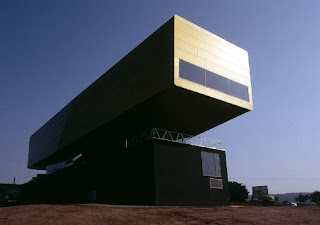

J M W Turner, Shade and Darkness: Evening of the Deluge, 1856
 Ivan Aivasovsky, Storm, 1886
Ivan Aivasovsky, Storm, 1886

J M W Turner, Shade and Darkness: Evening of the Deluge, 1856
 Ivan Aivasovsky, Storm, 1886
Ivan Aivasovsky, Storm, 1886


 Squint Opera, St Paul's
Squint Opera, St Paul's

Gustave Doré, 1872, The New Zealander
 Marian Maguire, 2002, Achilles carries Penthesilea through Doubtful Sound (Auckland City Art Gallery)
Marian Maguire, 2002, Achilles carries Penthesilea through Doubtful Sound (Auckland City Art Gallery)
Following along behind Achilles was, therefore, a mnemon, who had intricate knowledge of the complex tapestry of the hero's life. As a mnemic prosthesis, the attendant issued reminders of the potential consequences of certain actions. For example, a mnemon was appointed to remind Achilles not to kill a son of Apollo, as if he did so he would in turn be killed. This particular mnemonic act was flawed, with the reminder not taking place as required, and the mnemon's life taken instead as a consequence.


Marian Maguire, 2005, A New Zealander by Parkinson and Ajax by Exekias play draughts (Auckland City Art Gallery)
The role of rememberer, whether attending to the broad sweep of history or the particular history of one's assigned mythical hero, is at a point of creative fusion. Insistently pushing upon memory is forgetting, and the mnemon may draw a veil over a forgotten moment by means of a crafted apparent truth. And at this point, history and story telling coalesce, myth and truth ebb and flow, and the mnemon moves elusively through the labyrinth of memory ...
"...reality is a shell game. Our writing should be too..."
Michael Taussig (2006) Walter Benjamin's Grave
(For more of Marian Maguire's work, see http://www.papergrahica.co.nz/)






 Along the coast further is Portbou, site of Walter Benjamin's suicide, and the memorial designed by Dani Karavan, called Passages - and thus a necessary Port of call for many reasons ...
Along the coast further is Portbou, site of Walter Benjamin's suicide, and the memorial designed by Dani Karavan, called Passages - and thus a necessary Port of call for many reasons ...
 And ultimately ending with Peter Eisenman, an echo of the line's beginning, a site which features large on my field of internal vision, the Memorial to the Murdered Jews of Europe in Berlin, a fitting point of punctuation, a sense of an eternal ending ....
And ultimately ending with Peter Eisenman, an echo of the line's beginning, a site which features large on my field of internal vision, the Memorial to the Murdered Jews of Europe in Berlin, a fitting point of punctuation, a sense of an eternal ending .... And, so, this is the plan for next year, or something like this ... all donations gratefully received ...
And, so, this is the plan for next year, or something like this ... all donations gratefully received ...

